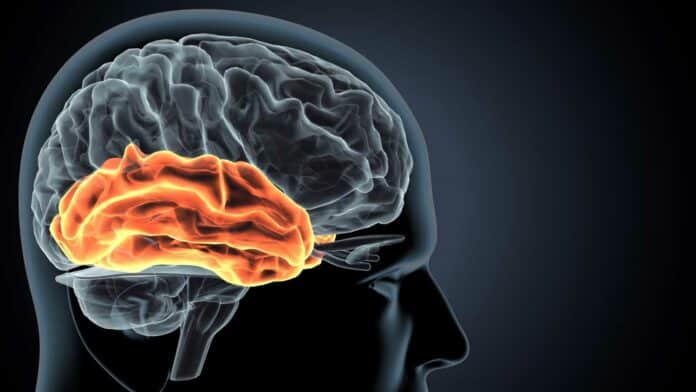
17 May, 2024 by Pranjal Mehar
Collected at : https://www.techexplorist.com/new-game-changing-blood-test-stroke-detection/83872
An ischemic stroke is one in which there is a blockage of blood supply to the brain. LVO strokes are a severe kind of ischemic stroke that develops when a major cerebral artery becomes clogged. Brain cells quickly perish from a lack of oxygen and nutrients when the blood supply to the brain is cut off. LVO strokes are considered severe medical conditions that need to be treated right away with a mechanical thrombectomy, which is a surgical method of removing the blockage.
Scientists from Brigham and Women’s Hospital, a founding member of the Mass General Brigham healthcare system, and collaborators have developed a new blood test that can accurately identify patients experiencing large vessel occlusion (LVO) stroke.
According to scientists, this game-changing, accessible tool—developed by combining blood-based biomarkers with a clinical score—could help ensure that more people suffering from stroke are in the right place at the right time to receive critical, life-restoring care.
Senior author Joshua Bernstock, MD, PhD, MPH, a clinical fellow in the Department of Neurosurgery at Brigham and Women’s Hospital, said, “Mechanical thrombectomy has allowed people that otherwise would have died or become significantly disabled to be completely restored as if their stroke never happened. The earlier this intervention is enacted, the better the patient’s outcome. This exciting new technology has the potential to allow more people globally to get this treatment faster.”
Previously, the research team focused on two specific proteins, D-dimer and glial fibrillary acidic protein (GFAP), which are both present in capillary blood and linked to traumatic brain injury and brain bleeds. In this investigation, they showed that blood-based biomarker levels, in conjunction with field assessment stroke triage for emergency destination (FAST-ED) scores, may reliably diagnose LVO ischemic strokes while ruling out other possible causes, such as cerebral hemorrhage.
Although the symptoms of brain bleeds and LVO stroke are similar, making it difficult to differentiate between them in the field, the treatments are very different.
Scientists examined data from a cohort of 323 patients in Florida who were coded for stroke between May 2021 and August 2022 for this perspective.
Scientists examined data from a cohort of 323 patients in Florida who were coded for stroke between May 2021 and August 2022 for this prospective, observational study on diagnostic accuracy. They discovered that the test could identify LVO strokes with 93 percent specificity and 81 percent sensitivity when the levels of the biomarkers GFAP and D-dimer were combined with FAST-ED data less than six hours from the start of symptoms. Moreover, the test excluded every patient who had a brain bleed, suggesting that the technology might eventually be used to identify intracerebral hemorrhage on the spot.
Additionally, Bernstock’s group sees bright future applications for this easily accessible diagnostic tool in low—and middle-income nations, where access to cutting-edge imaging is not always guaranteed. It might also be helpful in evaluating individuals with traumatic brain injuries.
Subsequently, an additional prospective trial is being conducted to evaluate the test’s performance in an ambulance. To speed the triage of stroke patients, they have also created an interventional trial that bypasses standard imaging and moves straight to intervention.
“In stroke care, time is brain,” Bernstock said. “The sooner a patient is put on the right care pathway, the better they are going to do. Whether that means ruling out bleeds or ruling in something that needs an intervention, being able to do this in a prehospital setting with the technology we built will be truly transformative.”
Journal Reference:
- Durrani Y, et al. “Prospective validation of GFAP, D-dimer and clinical scales for acute large vessel occlusion ischemic stroke detection.” Stroke: Vascular and Interventional Neurology, DOI: 10.1161/SVIN.123.001304

Leave a Reply